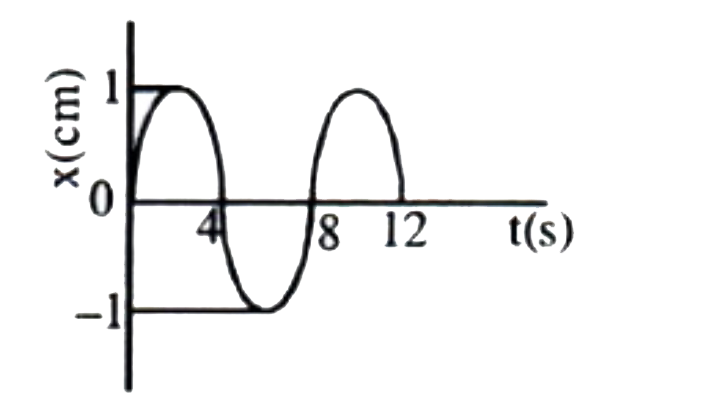A body is initially at rest. It undergoes one-dimensional motion with constant acceleration. The power delivered to it at time t is proportional to (i) t1/2 (ii) t (iii) t3/2 (iv) t2
t1/2
t
t3/3
t2
To solve the problem, we need to analyze the relationship between power, force, and velocity for a body in one-dimensional motion with constant acceleration.
1. Understanding the Initial Conditions:
The body is initially at rest, which means its initial velocity (u) is 0.
2. Using the Equation of Motion:
The equation of motion for velocity under constant acceleration is given by:
v=u+at
Since the initial velocity u=0, we can simplify this to:
v=at
3. Calculating Force:
The force acting on the body can be expressed using Newton's second law:
F=ma
where m is the mass of the body and a is the constant acceleration.
4. Calculating Power:
Power (P) is defined as the rate at which work is done or the product of force and velocity:
P=F⋅v
Substituting the expressions for force and velocity, we have:
P=(ma)(at)=ma2t
5. Identifying the Proportionality:
From the equation P=ma2t, we can see that power is directly proportional to time t since m and a are constants. Therefore, we can conclude:
P∝t
6. Final Answer:
The power delivered to the body at time t is proportional to t.
Conclusion:
The correct option is (ii) t.
---
The body is initially at rest, which means its initial velocity (u) is 0.
The equation of motion for velocity under constant acceleration is given by:
v=u+at
Since the initial velocity u=0, we can simplify this to:
v=at
The force acting on the body can be expressed using Newton's second law:
F=ma
where m is the mass of the body and a is the constant acceleration.
Power (P) is defined as the rate at which work is done or the product of force and velocity:
P=F⋅v
Substituting the expressions for force and velocity, we have:
P=(ma)(at)=ma2t
From the equation P=ma2t, we can see that power is directly proportional to time t since m and a are constants. Therefore, we can conclude:
P∝t
The power delivered to the body at time t is proportional to t.
The correct option is (ii) t.
Topper's Solved these Questions
Similar Questions
A body is moving undirectionally under the influence of a source of constatn power. It displacement in time t is proportional to (i) t1/2 (ii) t (iii) t3/2 (iv) t2
View SolutionA body starts from rest and acquires velocity V in time T. The instantaneous power delivered to the body in time 't' proportional to
View Solution
Knowledge Check
A body of mass m accelerates uniformly from rest to v1 in time t1. As a function of time t, the instantaneous power delivered to the body is
Amv1tt1Bmv21tt1Cmv1t2t1Dmv21tt21
A particle of mass M starting from rest undergoes uniform acceleration. If the speed acquired in time T is V, the power delivered to the particle is -
View SolutionA body is moved along a straight line by a machine delivering constant power . The distance moved by the body is time t is proptional to
View SolutionA body is moved along a straight line by a machine delivering constant power . The distance moved by the body is time t is proptional to
View SolutionA body is moved along a straight line by a machine delivering constant power . The distance moved by the body is time t is proptional to
View SolutionA body of mass m, accelerates uniformly from rest to V1 in time t1. The instantaneous power delivered to the body as a function of time t is.
View SolutionThe x-t graph of a particle undergoing simple harmonic motion is shown below. The acceleration of the particle at t=23s is

View SolutionThe distance travelled by a particle in a straight line motion is directly proportional to t1/2, where t is the time elapsed.
View Solution
